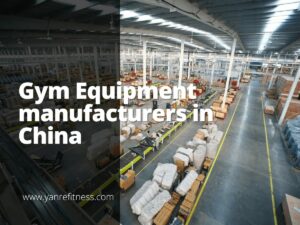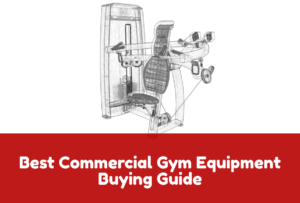Functional Training Cage – Definitive FAQ Guide
Are you looking to buy a Functional Training cage for your commercial gym?
Do you have all the collection of barbells, but not a Functional Training cage?
Do you want to know why it is recommended to buy a Functional Training for your commercial gym?
Does a Functional Training cage have huge demand in your distribution center?
Do you want to know the important features that a Functional Training cage should have?
If your answer to any of the above questions is yes, then you are at the right place!
Our gym equipment experts have compiled a detailed FAQ guide for you so you can understand all the important aspects of a Functional Training cage before buying it.
Are you ready to learn about them? So, without further delay, let us get into it!
Table of Contents
- 1. What is a Functional Training cage?
- 2. What are the different types of Functional Training cages?
- 3. Which type of exercises can be performed using the Functional Training cage?
- 4. Which factors should I keep in mind while buying a Functional Training cage?
- 5. What is the average weight capacity of a Functional Training cage?
- 6. What type of finish does a Functional Training cage have?
- 7. What should be the type of pipes in a quality Functional Training cage?
- 8. How can I determine the quality of pipes that are used to make a Functional Training cage?
- 9. What type of safety bars does a Functional Training cage have?
- 10. What is the purpose of safety rails on Functional Training cage?
- 11. Should I fix the Functional Training cage to the floor or wall?
- 12. What should be the average hole spacing in the Functional Training cage?
- 13. What is the importance of numbered holes in the Functional Training cage?
- 14. Should I buy a lifting platform with a Functional Training cage?
- 15. Should I buy a flat bench with a Functional Training cage?
- 16. Are there any accessories with Functional Training cages?
- 17. What is the average price of a Functional Training cage?
- 18. What are the average dimensions of a Functional Training cage?
- 19. Do I need to assemble a Functional Training cage?
- 20. Do I need professional help to assemble the Functional Training cage?
- 21. Can I customize my logo on the Functional Training cage?
- 22. Can I customize the color of my Functional Training cage?
- 23. Where can I buy a Functional Training cage at a wholesale rate in China?
- 24. Conclusion
1. What is a Functional Training cage?
A Functional Training cage or a Functional Training rack is a workout station. It is used to perform heavy-weight exercises such as barbells.
They make heavy-weight exercises safer such as bench presses and overhead presses. Following are the benefits of using Functional Training cage:
- Convenience
- Safety
- Versatility
- Ease of loading
- Plate storage
- Dedicated training area
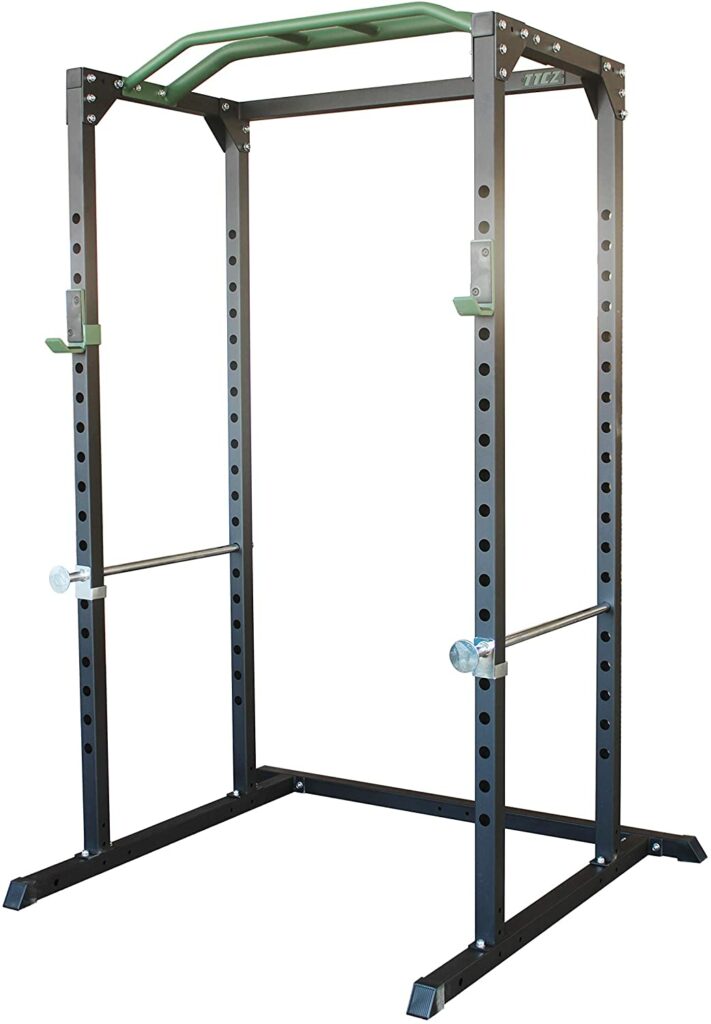
Figure 1. Functional Training cage
2. What are the different types of Functional Training cages?
Squat Cage
- These are the simplest form of Functional Training cages. They are also known as squat stands or Squat Racks.
- It is a simple bar stand with two supports. Most of them are about the height of the average man’s shoulders. Their height can also be increased or decreased. They are the cheapest of all types.
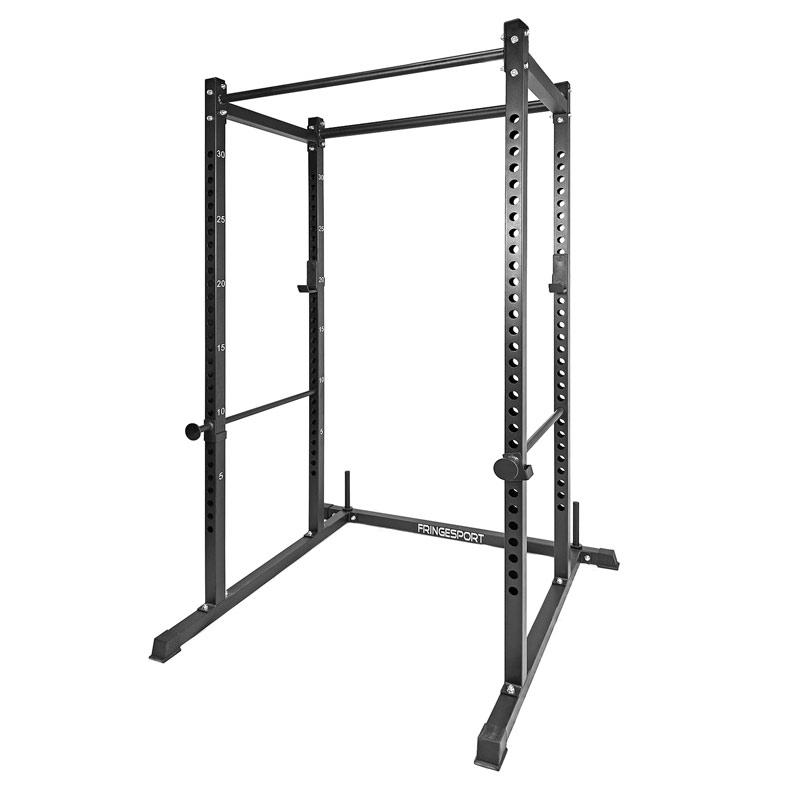
Figure 2. Squat cage
Half Cage
- They are a little advanced than squat racks.
- They can support multiple weights at a time.
- They provide more adjustability than squat racks.
- They also have safety bars.
- Pull-up bars and bands can also be attached with them.
- They are known as half racks because they have functionalities only on one side.
- They also feature increments on the front column. It allows precise positioning of safety bars and J-hooks.
- They also have plate storage and bar storage space at the back of the rack.
- Their only drawback is that they cannot be used for a heavyweight because they have support only on one side.
- Best racks for overhead squats or split jerks.
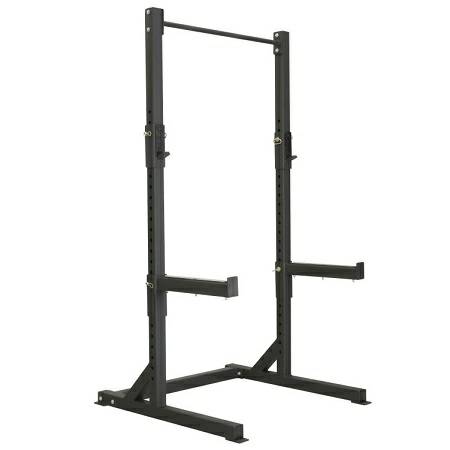
Figure 3. Half cage
Power Cage
- It offers the same functionalities as half racks. However, power cage are more stable and safer due to their cage design.
- It has columns at the front and back and horizontal supports at both top and bottom of the rack.
- Due to the dual support, it can be used for heavier weights as compared to half racks.
- It reduces the chances of barbells being dropped to the ground when they are released.
- They occupy greater space as compared to other racks.
- They can be used by two people at once. One on the outer side of the rack and one on the inside.
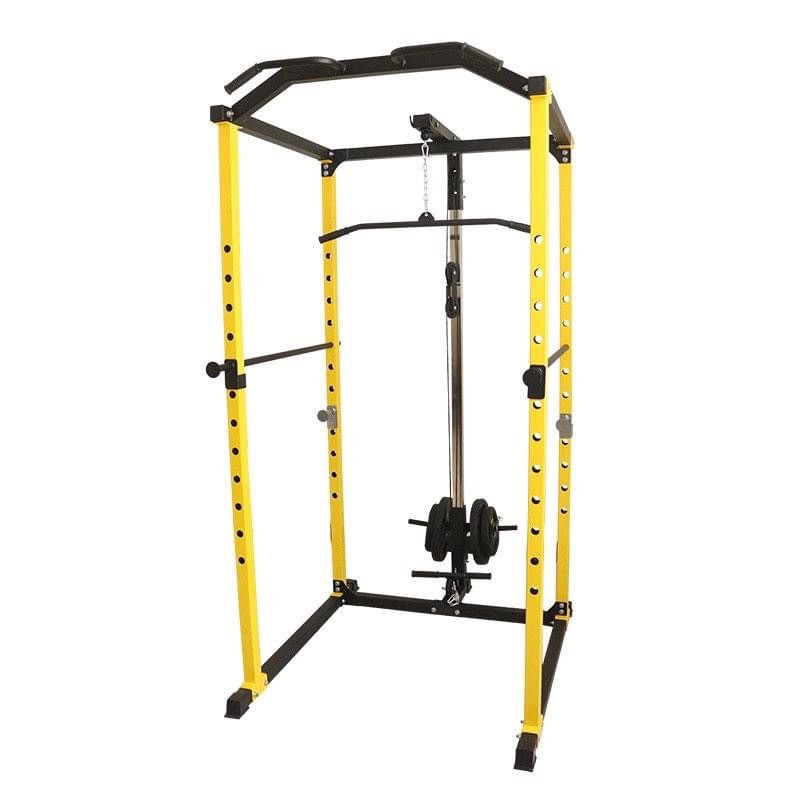
Figure 4. Power cage
Multi-Purpose Cage
- It is the same as a power cage but without overhead bars.
- It just increases the range of exercises that a user can perform.
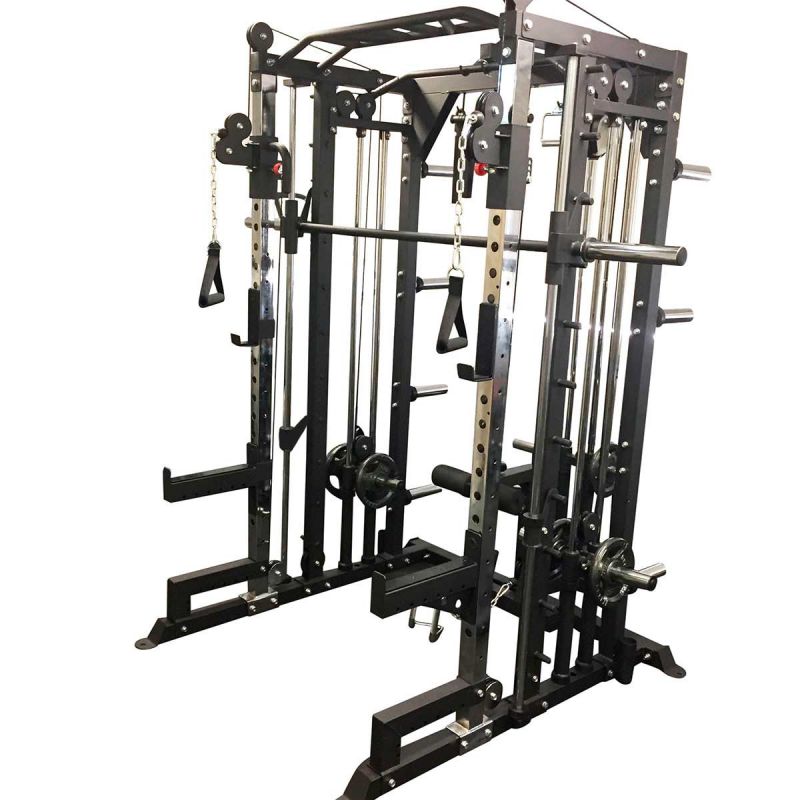
Figure 5. Multi-purpose cage
Functional Rigs
- They are the best type of Functional Training cages.
- They offer multiple functionalities without occupying a lot of space.
- They can accommodate up to 10 people at once.
- They can be customized depending on the type of training being performed.
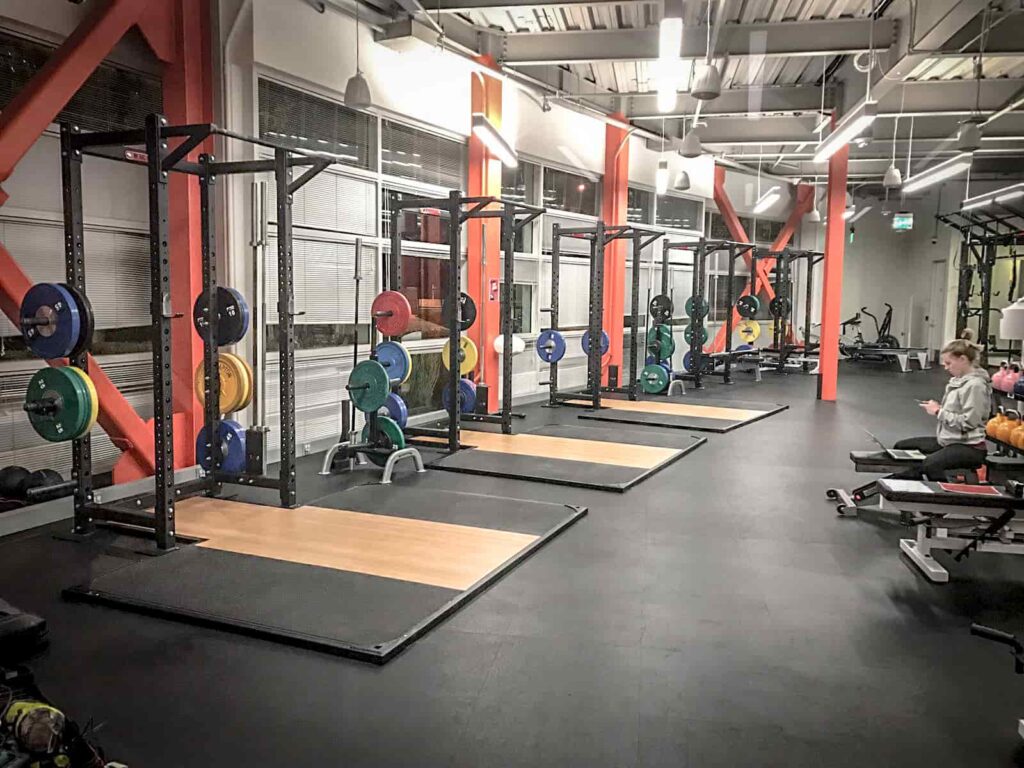
Figure 6. Functional Rigs
Wall-mounted Cage
- These cages can be installed on walls.
- They save space in the gym area.
- Since they are fixed, they offer more stability.
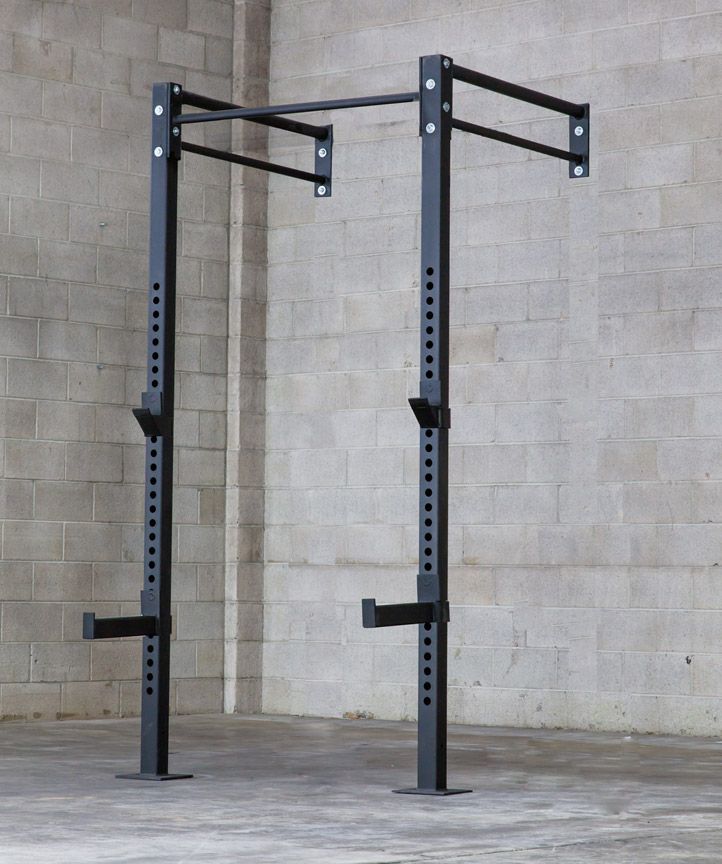
Figure 7. Wall-mounted cage
Smith Machines
- Smith machines are sometimes considered as power cages while other does not include them in this category.
- They are the same as power racks; the only difference is that they have barbell weights fixed on vertical runners.
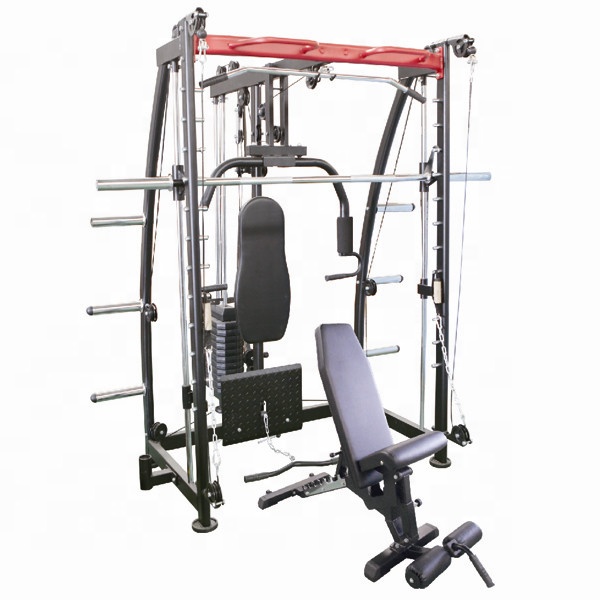
Figure 8. Smith machine
3. Which type of exercises can be performed using the Functional Training cage?
A variety of exercises can be performed using a Functional Training cage. They are used for barbell exercises.
Following are a few exercises that can be performed using Functional Training cage:
- Pin presses.
- Deadlifts, Squats, and bench presses with bands
- Bottom position squats
- Rack pulls.
- Deadlifts, Squats, and bench presses against bands
- Anderson squats
If you have a lot of trainers in your gym who perform these exercises, you must buy a Functional Training cage.
4. Which factors should I keep in mind while buying a Functional Training cage?
Functional Training cages are available in a variety of types. Therefore, multiple factors should be considered before buying one. Here is a brief description of a few of them.
Size
The dimensions of power racks are diverse. Therefore, you should buy one that can easily fit in your commercial gym.
The most important is height. A very tall cage while be unstable and fixing it to the floor would be mandatory. Whereas a cage that is too small would not serve all its purposes.
Besides, you should also consider the width of the Functional Training cage. Make sure that it does not occupy more than its dedicated space when the extra storage bars are added.
Construction
The construction of a Functional Training cage is an important factor since it determines its overall strength and durability.
Make sure that it is made up of strong steel and the welds are deep to avoid breakage.
Weight Capacity
Since a Functional Training cage is used to hold weight, its capacity should be enough to fulfill the needs of high-end users. Therefore, you should buy a Functional Training cage for a commercial gym that can hold the heaviest weight possible.
5. What is the average weight capacity of a Functional Training cage?
The average weight capacity of a Functional Training cage is 150kg to 500kg.
The weight-holding capacity of a Functional Training cage depends on its type and construction. The cage should have the maximum weight-holding capacity for a commercial gym because you can expect all types of trainers in your gym.
6. What type of finish does a Functional Training cage have?
A Functional Training cage can have the following two types of finishes:
Painted
Pros:
Painted Functional Training cages are cheap.
They can be easily re-painted
Cons:
Since a Functional Training cage undergoes heavy usage, therefore, paint can get peeled and damaged easily.
Powder Coated
Pros:
Power coated Functional Training cages are durable and tougher.
Cons:
They need to be transported to a coating facility if it gets damaged.
It is expensive than paint.
7. What should be the type of pipes in a quality Functional Training cage?
Since a Functional Training cage is made entirely of steel pipes, you should pay huge attention to them.
The following are the different shapes of pipes that can be used to make a Functional Training cage.
- Flat oval pipe
- T shape pipe
- Semi-elliptical pipe
- Circular pipe
- T shape pipe
Generally, oval or round pipes are used to make a Functional Training cage.
YR fitness uses low carbon steel to make pipes for Functional Training cage. They are durable and have good welding properties.
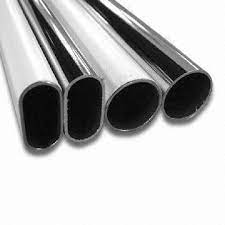
Figure 9. Round and oval pipes that are used to make Functional Training cage
8. How can I determine the quality of pipes that are used to make a Functional Training cage?
Multiple factors determine the quality of pipes used in building Functional Training cage. Make sure to check all those factors before buying a Functional Training cage for your commercial gym or distribution center. The following are a few of them:
Pipe Thickness and Size
The thickness and size of the pipe determine its strength and durability. The size of the pipe used in the Functional Training cage used to be more than 40mm * 80mm. Besides, the pipe thickness should be 3mm.
Construction Techniques
Ask the manufacturer about this to ensure that they follow best construction practices.
Generally, pipe bending is preferred over pipe welding or cutting. Bent pipes are more durable and prevent wrinkle depression.
9. What type of safety bars does a Functional Training cage have?
A Functional Training cage can be equipped with two different types of safety bars. They are as follows:
Flat Safety Bars
Flat safety bars are made up of steel. They are attached perpendicular to the Functional Training cage. It is used to hold the barbell.
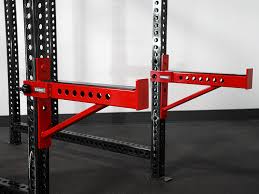
Figure 10. Flat safety bar for Functional Training cage
Flexible Safety Straps
Flexible safety straps are made up of reinforced nylon. They are a lightweight and convenient alternatives to flat safety bars.
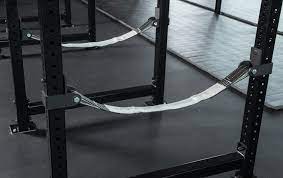
Figure 11. Flexible safety strap for Functional Training cage
10. What is the purpose of safety rails on Functional Training cage?
Functional Training cage has adjustable safety rails. Their height can be adjusted to prevent the barbell from falling to the ground. They are used to hold the barbell in case the user is unable to complete a rep.
11. Should I fix the Functional Training cage to the floor or wall?
Yes, you should fix the Functional Training cage to the floor or wall.
This is because they are used for heavy weightlifting. They are likely to move or trip over while displacing the bars.
However, you should make sure that the wall or floor is strong enough to hold a large-diameter bolt. Moreover, if you want to move the cage from one place to another, it will take time to dismount it and it will leave the bolt holes behind.
12. What should be the average hole spacing in the Functional Training cage?
Functional Training cages can have the following two types of holes spacing:
Regular Hole Spacing
- In regular hole spacing, the distance between each hole is similar and that is 50mm.
- Most Functional Training cages have this type of hole spacing.
- The safety bars or J-hooks can sometimes be too high or too low.
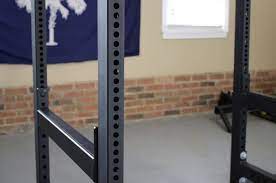
Figure 12. Regular hole spacing in Functional Training cage
Westside Hole Spacing
- This type of hole spacing is found in relatively fewer CrossFit cages.
- In this type of spacing, the middle holes are 1 inch apart. However, the top and bottom holes are 2 inches apart.
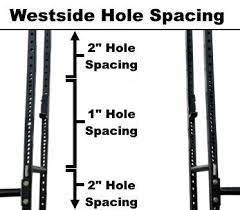
Figure 13. Westside Hole Spacing in Functional Training cage
13. What is the importance of numbered holes in the Functional Training cage?
You should always buy Functional Training cages that have numbered holes.
This is because it is important to place the barbell evenly on a cage. And numbered holes ensure that users are putting the bar in the right position. Moreover, it allows users to track the position of the bar.

Figure 14. Numbered holes in Functional Training cage
14. Should I buy a lifting platform with a Functional Training cage?
Yes, you should buy a flat bench and lifting platform with a Functional Training cage.
The lifting platform protects the gym floor while providing a stable base for Olympic lifting, squats, standing overhead presses, and deadlifts.
15. Should I buy a flat bench with a Functional Training cage?
Yes, you should buy a flat bench with a Functional Training cage.
It is a flat stand with a padded seat on which the user can lay down. A flat bench allows users to perform incline presses and seated overhead presses.
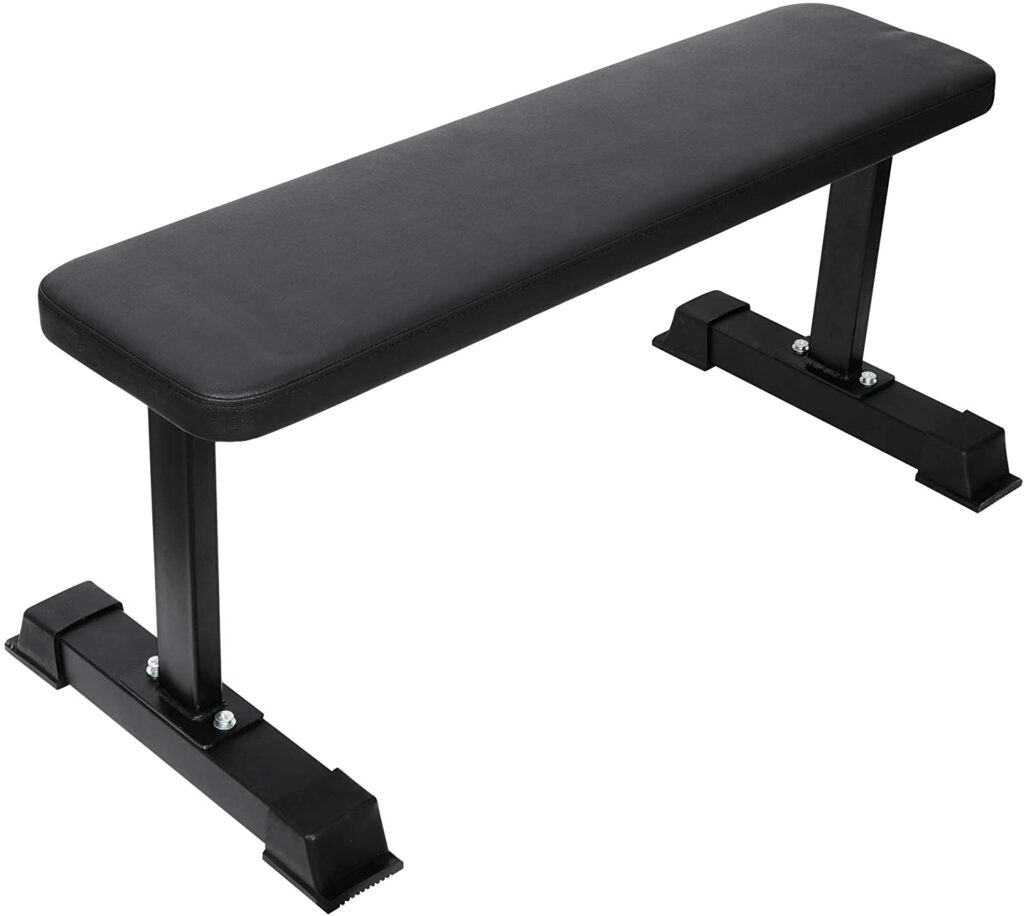
Figure 16. Flat bench for a Functional Training cage
16. Are there any accessories with Functional Training cages?
Yes, there are multiple accessories used with Functional Training cages.
The following is a comprehensive list for them.
Band Pegs
They are used to hang bands or chains on Functional Training cages. Besides, they can also be added to the bottom to increase the resistance during workouts.
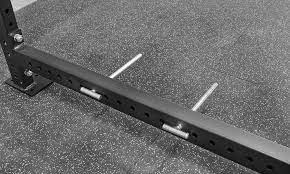
Figure 17. Band Pegs used with a Functional Training cage
Rings and Rope Attachments
They increase the usage of Functional Training cage. Ropes can be attached to them for exercises.
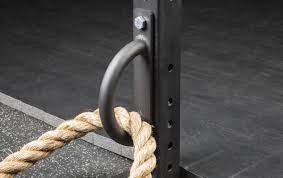
Figure 18. Rings and rope attachment with a Functional Training cage
Wallball Targets
It is used to mark the height of exercise.
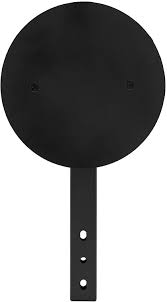
Figure 19. Wallball target attachment
J-hooks
J-hooks are padded rubber layer attachments to reduce noise. They are also used to protect the barbell.

Figure 20. J-hooks for a Functional Training cage
Some other accessories that are not very common but are used with Functional Training cage are as follows:
- Parallel and stall bars
- Cable crossover
- Dip Handles
- Mono lift systems
- Weight and bar storage
- Speed and heavy bags
They may or may not be provided with the cage. Therefore, you should always contact the manufacturer to know what they generally offer.
17. What is the average price of a Functional Training cage?
The average price of a Functional Training cage ranges from $800 to $1500.
The price depends on the type of cage, its construction quality, and the supplied accessories.
18. What are the average dimensions of a Functional Training cage?
An average Functional Training cage has a height of 84 inches, a width of 50 inches, and a length of 51 inches.
The height depends on the type of Functional Training cage. Moreover, different manufacturers might have different sizes.
19. Do I need to assemble a Functional Training cage?
Yes, you will need to assemble your Functional Training cage.
This is because they are shipped unassembled to reduce shipping charges and to avoid delivery. However, assembling a Functional Training cage is not a difficult task. Just make sure that all the nuts and bolts are in the correct place and fully tightened.
20. Do I need professional help to assemble the Functional Training cage?
Functional Training cage is generally easy to assemble, and they come with a user manual they can be followed to assemble it.
However, high-quality Functional Training cages are heavy, and you might not be able to lift them alone. Therefore, we recommend taking professional help to carry the task. It can help you avoid injury and prevents the equipment from breakage.
21. Can I customize my logo on the Functional Training cage?
Yes, YR Fitness allows you to customize your logo on Functional Training cage.
A cage with a customized logo gives a personalized look to your gym. Therefore, feel free to contact us to know the detailed procedure and to communicate your requirements.
22. Can I customize the color of my Functional Training cage?
Yes, you can get color customization services for your Functional Training cage by YR Fitness.
Since Functional Training cages are either painted or powder-coated, they can be customized into a variety of colors. Please contact us to tell us your preferred color and we would be happy to help you.
23. Where can I buy a Functional Training cage at a wholesale rate in China?
YR Fitness is the best place from where you can get a Functional Training cage in China.
We have state-of-the-art technology and patented designs for Functional Training cages that are sure to add value to your commercial gym or distribution center.
24. Conclusion
So, this marks the end of our detailed FAQ guide.
We hope that you got all the answers to your questions related to the Functional Training cage. Since it is important and expensive equipment, you should keep in mind all the factors before buying it.
YR fitness offers high-quality Functional Training cages at durable prices. Our multipurpose Functional Training cage and smith machine is sure to attract the attention of your customers.
Feel free to contact us for more information or to get a customized price quote.

